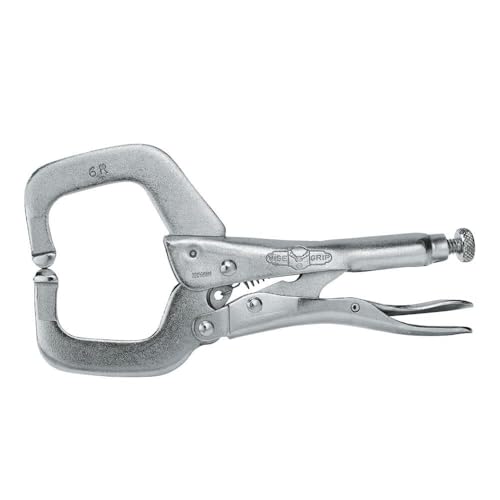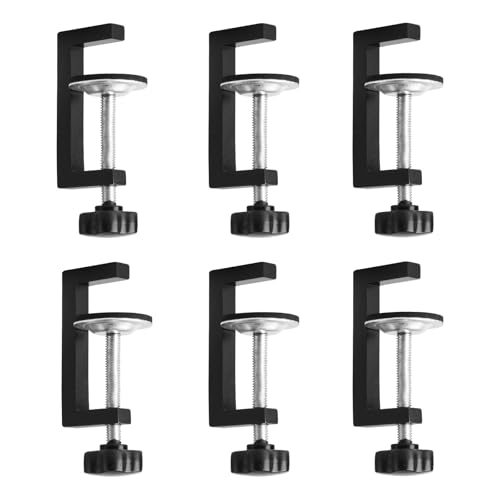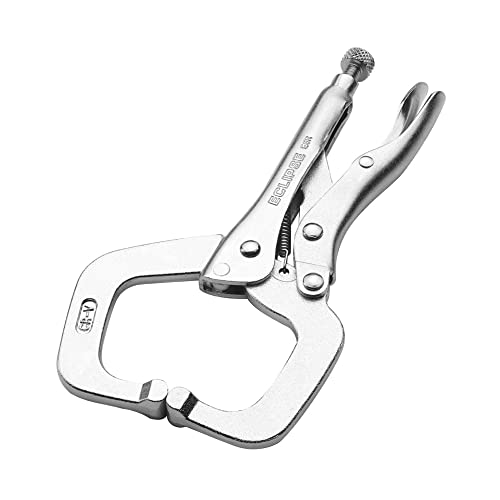What is a C-clamp?
A C-clamp is a type of clamp that is typically used for holding and securing objects in place. It is comprised of two jaws that are typically made from a heavy-duty material such as steel or iron. The jaws are connected by a screw that can be tightened to hold the object firmly in place. The C-clamp is a versatile tool that can be used in a wide range of applications, from woodworking to metalworking and beyond.
How can a C-clamp be used for transportation?
When it comes to transportation, objects may need to be secured in place to prevent them from shifting or moving around during transit. C-clamps can be used to hold objects in place during transportation by clamping them securely to a fixed surface. For example, if you need to transport a piece of furniture in a moving truck, you could use a C-clamp to secure it to the side of the truck so that it doesn’t move around.
What are the limitations of using a C-clamp for transportation?
While C-clamps can be effective at holding objects in place during transportation, there are some limitations to consider. First and foremost, not all objects will be suitable for clamping. Objects that are too large or heavy may be difficult to clamp securely, and may require alternative methods of securing them in place.
In addition, it’s important to ensure that the surface where the clamp is being attached is strong enough to hold the weight of the object being transported. If the surface is weak, the clamp may not be able to hold the weight of the object, which could result in it shifting or falling during transportation.
What are some alternatives to using a C-clamp for transportation?
If you’re unable to use a C-clamp to hold an object in place during transportation, there are several alternative options available. One option is to use tie-down straps or bungee cords to secure the object to the surface. These can be effective at holding objects in place, and they are typically easier to use than a C-clamp.
Another option is to use padding or cushioning material to wedge the object in place. This can be particularly effective for smaller objects, and can help to prevent them from moving around during transit.
C-clamps can be a useful tool for holding objects in place during transportation, but they are not suitable for all objects and situations. Before using a C-clamp for transportation, it’s important to consider the size and weight of the object being transported, as well as the strength of the surface where the clamp will be attached. If a C-clamp is not suitable, there are several alternative methods available that can be just as effective at securing objects during transit.






